Spatial computing: the evolution of UI and the future of digital interactions
Apple’s Vision Pro headset has sparked both excitement and scepticism within the tech industry. This latest venture into spatial computing could represent the next stage in the evolution of user interfaces and user experience design.
The history of user interfaces (UI) is marked by constant evolution and innovation. It began with command-line interfaces in the 1960s, which required users to type commands to interact with computers. This was followed by the development of graphical user interfaces in the 1980s, which used icons and windows to represent commands and files, making computers more accessible to non-expert users.
With the rise of the internet in the 1990s, web-based interfaces became the norm. Then, in the mid-2000s, the advent of smartphones and tablets ushered in the era of touch-based interfaces, fundamentally changing the way we interact with digital devices.

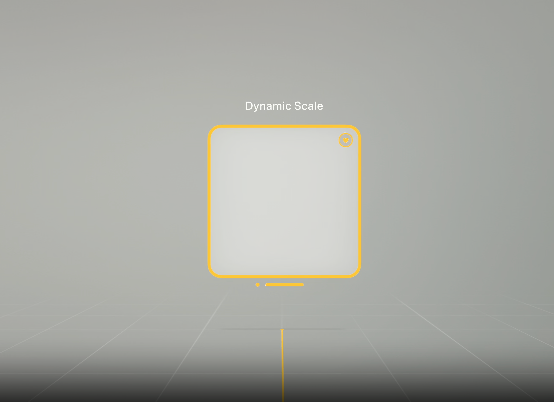
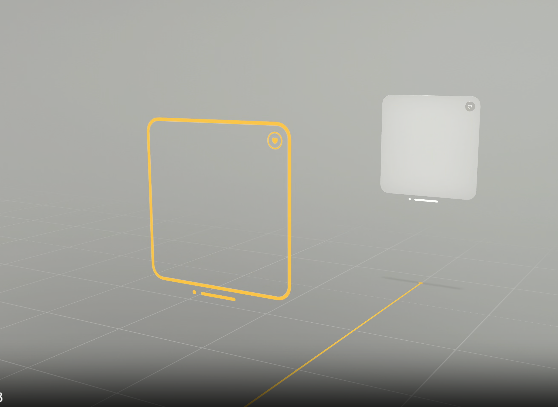
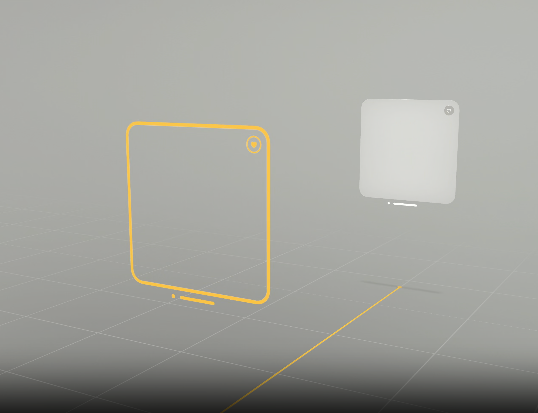

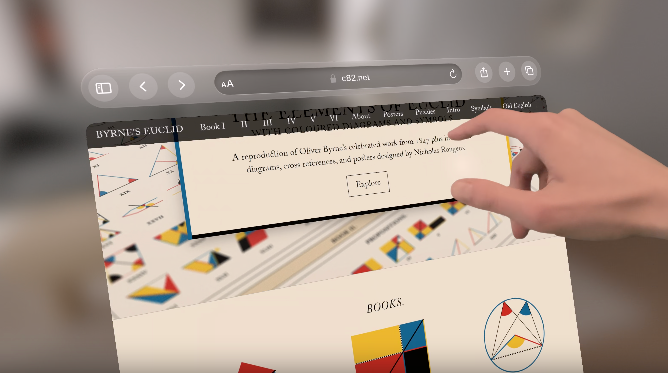





Now, as we stand on the brink of the spatial computing era, we can anticipate another shift in interface design. Spatial computing takes advantage of AR and VR technology, allowing users to interact with digital content in a three-dimensional, immersive environment. It represents a radical departure from traditional 2D screens, requiring a complete rethinking of UI and UX design principles.
Experts in the field, such as Leap Motion’s co-founder and CTO, David Holz, believe that spatial computing will enable much more intuitive and natural interactions with technology.
He asserts that “spatial computing is not a new kind of computing, but rather, the first true computing,” suggesting that this could be the way humans were always meant to interact with digital information.
However, the adoption and success of spatial computing hinge on overcoming significant challenges. These include the development of new design principles for spatial interfaces, the establishment of user comfort and safety guidelines for immersive environments, and the creation of compelling use-cases that convince consumers to invest in expensive new hardware like Apple’s Vision Pro.
Apple’s latest product will be the catalyst for a host of discussions and developments in the spatial computing realm. And while the ‘killer app’ for such technology remains to be seen, the Vision Pro represents a significant step forward in the ongoing evolution of user interfaces and experiences. The coming years will undoubtedly reveal exciting innovations as developers, designers, and users alike grapple with the possibilities of spatial computing.


Meta, previously known as Facebook, and its subsidiary Oculus have been pioneering forces in the domain of spatial computing for several years. Their work in virtual reality (VR) and augmented reality (AR) technologies has paved the way for creating immersive digital experiences.
The term ‘spatial computing’ originated in the early 2000s, but it has gained significant attention with the emergence of AR and VR technologies in recent years. Spatial computing refers to a set of technologies that allows humans to interact with computers in three-dimensional space. It combines technologies such as computer vision, AI, and advanced modelling to create an interface where digital objects exist alongside physical ones.
In essence, spatial computing enables digital devices to understand and map the physical environment, allowing users to interact with the digital world in the same way they do with the physical one. This is achieved by overlaying digital information onto the physical world (AR), or by creating entirely digital worlds (VR).
Meta’s Oculus has been a significant player in the VR market with its Oculus Rift and Quest headsets. They have advanced the field by providing high-quality, immersive VR experiences for gaming and entertainment, and even for professional applications such as training and education.
Moreover, Meta is heavily investing in the concept of the ‘Metaverse’, a collective virtual shared space, created by the convergence of physical and virtual reality. This term, borrowed from science fiction, is essentially a vast network of interconnected, immersive, 3D virtual worlds where people can interact with each other. As we delve deeper into spatial computing, we must also consider the potential societal and cultural impacts. Will this revolutionise education and workplace training? Will it open up new forms of entertainment and social interaction? And what are the potential challenges and concerns?
From an education and training perspective, spatial computing can offer new and immersive ways of learning. By transporting students and employees into virtual classrooms and training scenarios, the technology can provide engaging, hands-on experiences that could prove more effective than traditional methods. For example, medical students could practice surgical techniques in a virtual operating theatre, while engineers could troubleshoot virtual machinery.
Similarly, entertainment and social interaction could be transformed. Beyond gaming, spatial computing could create shared experiences where people feel truly connected, no matter where they are in the world. Concerts, theatrical performances, and even everyday social gatherings could take place in the digital realm.
Yet, despite the exciting possibilities, there are significant challenges and potential concerns to consider. One of the main challenges is the development of intuitive and ergonomic interfaces for spatial computing. Unlike flat-screen devices, AR and VR headsets need to account for the three-dimensional nature of spatial computing, and designers must create interfaces that are easy to navigate and don’t cause user discomfort or fatigue. Moreover, there are significant privacy and security issues to consider. As with any new technology, spatial computing presents potential risks in terms of data security. Companies like Apple and Meta will need to take robust measures to protect user data, especially given the potentially sensitive nature of the data generated by spatial computing devices.
Accessibility is another concern. While the technology may offer exciting new possibilities, it’s essential to ensure that it is available and usable by as many people as possible. This includes designing for different abilities and providing affordable options.
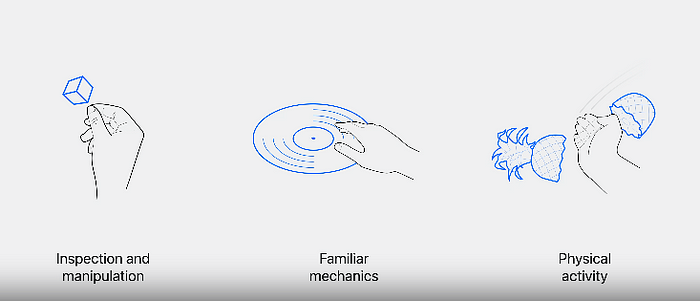
Lastly, the impact on physical health is still largely unknown. Extended use of VR technology can cause physical discomfort, sometimes referred to as ‘VR sickness’, similar to motion sickness. As these devices become more widespread, the industry will need to research and address these health implications.
Nevertheless, the push towards spatial computing is exciting. As companies like Apple and Meta continue to explore these technologies, we’ll no doubt see rapid advancements and new applications in various sectors.
The development of the Apple Vision Pro and Meta’s Oculus headsets indicate the beginning of a significant shift in how we interact with technology. However, their true impact will depend on how developers, businesses, and users leverage them to create beneficial and engaging experiences. As we stand on the precipice of this new era of spatial computing, the potential is thrilling.








